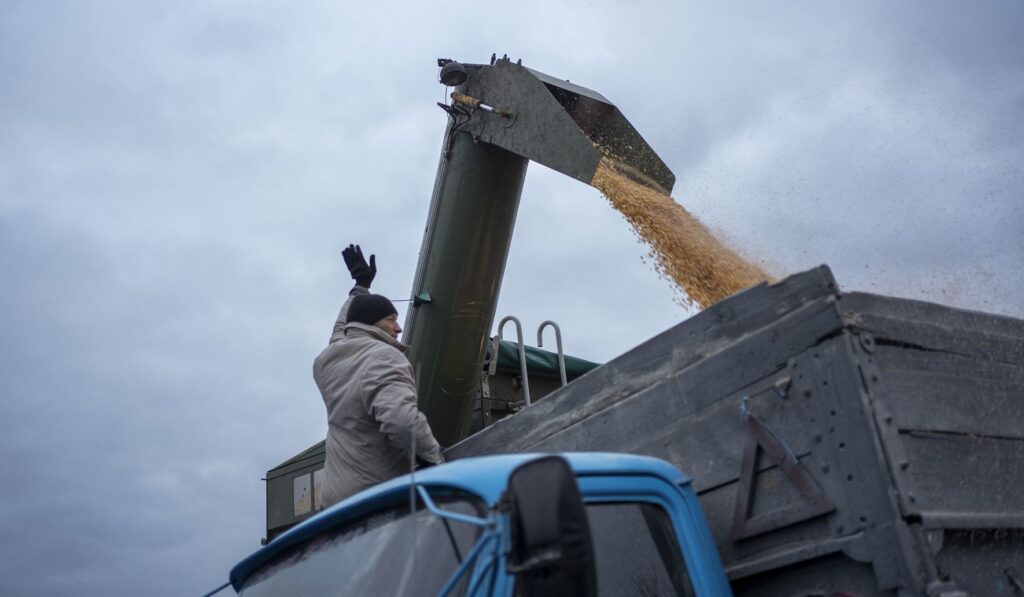Analysts who have been tracking Russia’s widespread and increasingly elaborate hybrid war campaign against Europe – including espionage plots, sabotage attacks and waves of drone incursions over the last year – warn that this is a coordinated effort to erode Western cohesion and exploit weak points in law enforcement, energy networks and transport infrastructure.
Across capitals in Europe, intelligence services are seeing a pattern instead of random incidents, and that pattern points back to a Moscow playbook built for plausible deniability. From covert agents trying to buy technical know how to sabotage teams targeting pipelines, the activity is varied and persistent. This is not just a military threat, it is an operational campaign aimed at creating chaos below the threshold of open war.
A Republican view of these developments calls for clarity and muscle rather than hedging and hand wringing. Weak responses only invite more brazen acts, and Europe and its partners must avoid a posture that signals tolerance for interference. Deterrence works when costs are clear and swift, so policy should aim toward predictable, painful consequences for hybrid attacks.
Espionage has shifted to include technology theft, infiltration of critical infrastructure, and recruitment of insiders who can facilitate sabotage. These operations exploit gaps created by budget cuts, understaffed security services, and overly cozy relationships with firms tied to hostile actors. Counterintelligence must be beefed up, with faster information sharing and tougher vetting of personnel who access sensitive systems.
Sabotage incidents have targeted energy grids, transport nodes, and storage facilities to cause disruption and political fallout during crises. The goal is brutal in its simplicity: create shortages, sow panic, and force governments into bad choices. That means energy resilience matters as much as conventional arms, and building redundancy must be treated like a national security priority.
Drone incursions have become a persistent headache for civil and military authorities, with small unmanned systems used to probe defenses, collect intelligence, and carry out precision strikes. They are cheap, hard to attribute, and scalable, which makes them attractive to a state that wants to deny direct responsibility. Defense plans should include layered detection, domestic manufacturing of countermeasures, and export controls to choke off supply.
Cyber attacks complement physical sabotage and espionage, giving attackers a way to disrupt communications, manipulate public information, and paralyze emergency responses. A cohesive response must combine defensive hardening, offensive cyber capabilities, and legal tools to seize assets of perpetrators. Public-private cooperation is essential because so much of the underlying infrastructure is owned by private companies.
Sanctions and expulsions remain useful tools, but they work only if they are smart, targeted, and backed by credible enforcement. Blanket measures that punish allies or hurt innocents will erode public support and play into the Kremlin narrative. Instead, sanctions should target the networks, shell companies, and officials who enable covert operations, and they should be coordinated with partners to prevent evasion.
Intelligence sharing between European nations, the United States, and friendly partners needs to be faster and more standardized to prevent siloed responses. Delays in sharing actionable warnings create windows of opportunity for attackers. A Republican perspective favors pragmatic intelligence cooperation combined with pressure for allies to meet capability and spending commitments.
Economic levers matter, and energy independence is central to reducing vulnerability to coercion. Diversifying suppliers, accelerating domestic energy production, and investing in secure storage and distribution reduce the leverage that hostile states can exert. Those policies have the added benefit of strengthening domestic industries and creating jobs tied to national security.
Law enforcement and judicial action must follow up on intelligence with timely arrests and prosecutions so that operatives and their networks face real consequences. Allowing suspects to be moved around or sheltered by diplomatic cover rewards aggression. Bringing cases to court also exposes methods and links, which helps break networks rather than letting them fester.
Private sector firms and infrastructure operators must be treated as partners in resilience, not afterthoughts in crisis planning. Regulations should set baseline security standards while incentives push companies to exceed them. That mix reduces soft targets and makes hybrid attacks harder to execute at scale.
Political leadership has to be honest with the public about risk without becoming alarmist, and it must show a consistent policy that fuses diplomacy, defense, and economic pressure. Avoiding mixed messages is crucial because adversaries exploit division and indecision. A steady, robust approach signals to allies and adversaries alike that hybrid warfare will meet real resistance.
Training and exercises that simulate combined espionage, cyber, and physical sabotage scenarios improve readiness and expose weaknesses before they are exploited. Exercises should include local authorities, private operators, and national agencies so responses are coordinated across jurisdictions. Regular testing builds muscle memory and reduces the chance that panic or confusion will magnify the damage when incidents occur.
Ultimately, dealing with hybrid campaigns requires a mindset that treats the full range of threats as part of a single strategic picture, not a series of isolated incidents. That means aligning resources, law enforcement, intelligence, and diplomatic pressure into a coherent posture that raises the cost for those who attack. With clear policy and sustained investment, the West can blunt these campaigns and deny their strategic aims without sliding into open conflict.



